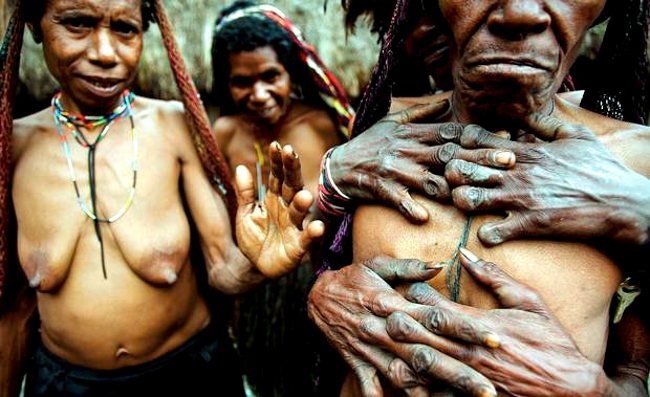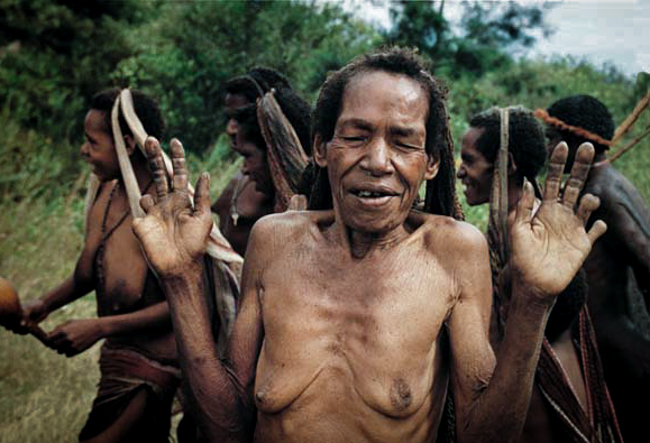BY: TED BARNABY
Though death is integral it is also crippling, and often the death of a loved one leaves us with an aggressive emotional void, leaving us nearly physically incapacitated.
Peoples of certain cultures believe that this physical representation of emotional pain is essential to the grieving process—even going so far as to mutilate themselves as a form of mourning. An example of this can be observed from the Dani tribe in Papua, Indonesia, where tribe members have often cut off the top half of one of their fingers upon attending a funeral. They will also smear ashes and clay across their faces—an equally symbolic, but significantly less crippling form of grieving.

The finger cutting is specific to the female population of the Dani tribe. This practice is derived from religious belief and rests on the fear that if the deceased were a powerful person while living, their essence would remain in the village in lingering spiritual turmoil.

Finger cutting is said to be symbolic of the pain suffered after losing a loved one. However the practice of finger cutting has grown increasingly outdated over the years, and was officially banned some years back. For this reason it is typically the older women who carry the burden of mutilated fingertips.



